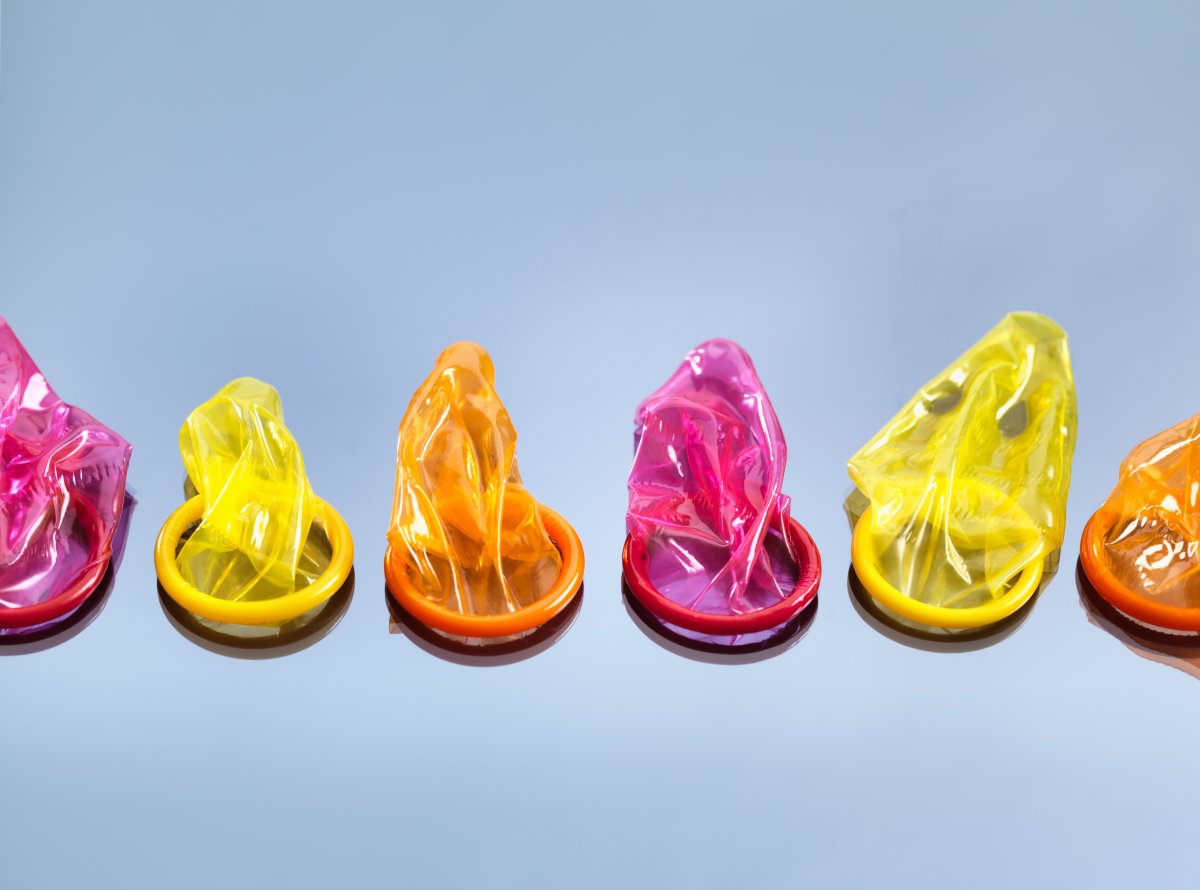Pre-exposure prophylaxis, commonly known as PrEP, is a “game-changer” when it comes to preventing HIV infections, doctors say. But some new studies are suggesting that people who take it use condoms less often — increasing their risk of contracting other sexually-transmitted infections.

PrEP is a combination of two drugs, initially used to treat HIV. But it can also help stop someone from getting HIV in the first place and is increasingly being used for that purpose in the gay community in Canada and elsewhere.
“If you take them before you get exposed to HIV, it can actually dramatically reduce your risk of actually acquiring HIV if you’re exposed to it,” said Dr. David Moore, an associate professor of medicine at the University of British Columbia and a research scientist at the B.C. Centre for Excellence in HIV/AIDS.
It has been shown to be between 90-100 per cent effective in a number of studies, he said. Some research suggests that the number of HIV diagnoses in certain communities has actually decreased since it was introduced there.
“We’re really kind of thinking of it as a game-changer, in that it has the potential to dramatically reduce the number of new infections, particularly in gay and bisexual men.”
Condom use
But as many men start using PrEP to reduce their risk of HIV transmission, they use condoms less, according to a recent analysis from Australia.
The researchers reviewed existing research on the subject and found evidence of more people reporting condomless anal sex with more than 10 partners, condomless sex with an HIV-positive or unknown HIV status partner and never using condoms during anal sex.
This seems to have consequences. “Study findings suggest that STIs increase after participants commence PrEP,” the authors wrote.
However, in an email, study co-author Michael Traeger noted that condom use had already been declining and STI rates increasing among gay and bisexual men before PrEP was introduced. “PrEP is perhaps just one of many contributors to changing STI epidemiology among gay and bisexual men,” he wrote.
In another recent Australian study, researchers surveyed 16,827 men who reported having had casual sex with men in the last six months, between Jan. 1, 2013 and Mar. 31, 2017. They found that as PrEP use became more popular in the gay communities of Melbourne and Sydney, overall condom use declined. Consistent condom use dropped from 46 per cent of men in 2013 to 31 per cent in 2017.

Get weekly health news
This isn’t a surprise, said Dr. Paul MacPherson, an infectious disease physician at the Ottawa Hospital who holds the Ontario HIV Treatment Network research chair in gay men’s health.
“It should be no surprise to anyone that if you have a medication that reduces an unwanted outcome of sexual activity that people will use condoms less. That’s what heterosexuals do with the Pill, [so] it’s not surprising that’s what gay men will do with PrEP.”
His own research in Ottawa suggested that the possibility of HIV transmission was the biggest source of anxiety around sex among gay men. With the introduction of PrEP, he didn’t find that men had more sexual partners or had sex more often, or even a significant increase in other STIs — just that they were using condoms less and reported much less anxiety around sexual activity.
Moore had similar thoughts.
“It seems that the STD that they’re most concerned about is HIV and so it’s not surprising that there may be less condom use over time while people are on PrEP,” he said.
Common STIs like chlamydia, gonorrhea and syphilis are fairly easy to treat and also don’t generally have big complications for gay men, he said, with the possible exception of some rare but serious complications of syphilis.
WATCH: How the fear of HIV has changed over time

STI risk
There’s another issue with the studies on PrEP and condom use: who’s taking it. The Canadian guidelines recommend that gay men who report recently having condomless sex take it if they have been diagnosed with an STI in the last 12 months — meaning they were already engaging in riskier behaviour.
“You want actually the higher risk people to be taking it,” said Moore.
And once they’re on it, they’re regularly tested for STI infections, meaning that infections might be diagnosed faster and more often.
This could actually be a good thing for public health, he thinks. Through regular testing associated with PrEP, infections like gonorrhea and syphilis might be caught and cured quickly, before they’re spread to other partners.
He doesn’t think the evidence is there yet, but he thinks it’s possible this could actually mean that rates of these common STIs could go down, despite lower condom use. “We may end up better diagnosing and treating these other STIs than we were before.”
It’s a good idea for people on PrEP to keep using condoms to prevent diseases other than HIV, said MacPherson. “In a good motherhood kind of thing, it’s always good to promote condom use to maximize people’s risk reduction, but I’m not at all surprised when young women on the Pill get chlamydia or gay men on PrEP get chlamydia.”
“I would be very upset if gay men got stigmatized around this when they’re not doing anything different than the heterosexual population. Which is, taking a pill so they don’t have to use condoms.”
When people are aware of the risks, they can make an informed decision, he thinks. “As long as you know the risks when you get behind the wheel, I’m not going to tell you not to drive your car.”


Comments